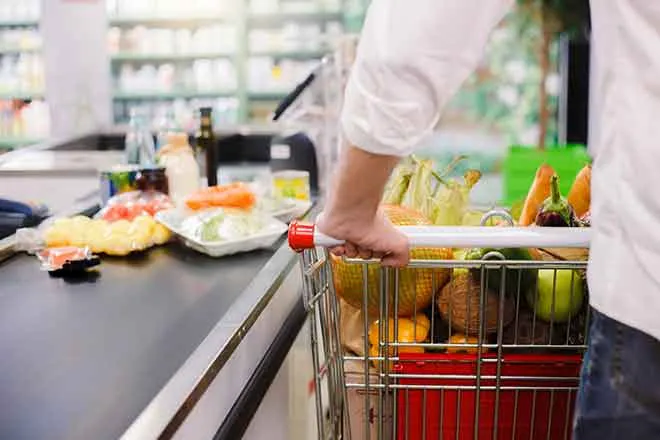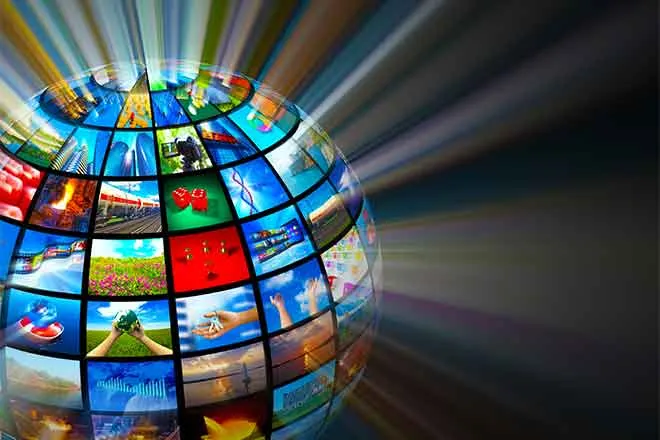
EarthTalk – Will microorganisms evolve to break down plastic?
© iStock
Dear EarthTalk
Is there any truth to claims that we need not worry about plastic pollution because nature will evolve microorganisms to break it all down?
C. Davis, Sacramento, CA
Humans have long aimed to maximize efficiency and convenience in everyday life. Plastic has fueled the growth of today’s post-industrial world: From food preservation and textile production to construction and machinery, plastic has made elements of everyday life more convenient. Consequently, the planet is inundated with plastics like Polyethylene terephthalate (PET). Around the world over 70 million tons of PET plastic is manufactured, and only 19 percent of it is recycled. The World Economic Forum estimates that the planet is on track to have as much plastic by weight as fish in the ocean by 2050.
Scientists and environmental advocates alike are focused on addressing global plastic pollution. In 2016 Japanese scientists at the Kyoto Institute of Tokyo took samples outside of a recycling facility in Osaka and made a revolutionary discovery: microorganisms capable of breaking down PET plastic. They use enzymes that allow degradation of plastics into component pieces in only six weeks, compared to the 450 years it takes for plastic to break down on its own. This discovery gave rise to the question of how people can harness and utilize these microorganisms, as the naturally occurring microorganisms broke down plastic at a rate far too slow to be efficient for practical use. In response, scientists created a “super enzyme”—a mutant of the naturally-occurring organisms—capable of speeding the rate of plastic degradation so that 90 percent of a sample can be broken down in 10 hours.
Plastic-eating microorganisms are an amazing example of the resilience and adaptability of our planet. However, they are unlikely to be our saving grace to rid the Earth of the plastic pollution scourge. Current recycling systems are inefficient; most of the plastic we put in recycling bins ends up in landfills. Also, the products that are recycled are unappealing to manufacturers due to their dark, gray coloration. Nonetheless, thanks to these microorganisms, recycled plastic can now rival the quality of virgin plastics.
But even with the help of super enzymes, microorganisms that break down plastics do so far too slowly to keep up with current production levels of plastic production and disposal. Additionally, it is crucial to understand the broad impacts of plastic pollution even as it is broken down. The U.S. Environmental Protection Agency (EPA) associates 78 percent of priority pollutants with plastic pollution. Plastics contain contaminants and harsh chemicals absorbed in the manufacturing process which are released into the environment as they break down. This means that we will see an increase in the effects of chemical leaching impacting marine life by causing respiratory problems, chemical accumulation in fatty tissues, disruption of endocrine function, and death.
The discovery of these microbes may very well be the future of recycling, but we are still years away from adequately scaling up this potential use. In the meantime, addressing the amount of plastic making its way into the environment is still an important global issue; reducing plastic use and disposal is the best tool we must address the problem at hand.
CONTACTS
- What you can do about pollution? epa.gov/trash-free-waters/what-you-can-do-about-trash-pollution
- How to reduce your plastic use, epa.gov/trash-free-waters/ten-ways-unpackage-your-life
- Plastic eating microbes helping with recycling, science.org/content/article/could-plastic-eating-microbes-take-bite-out-recycling-problem
- Are plastic-eating bacteria the solution? edf.org/blog/2018/07/13/are-plastic-eating-bacteria-solution-ocean-pollution-its-not-simple-science-shows
- Scientists develop super “mutant enzyme,” ecowatch.com/mutant-enzyme-recycles-plastic-2645686207.html.













